






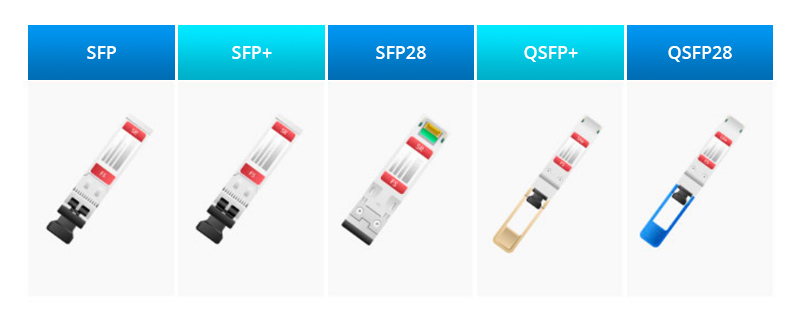



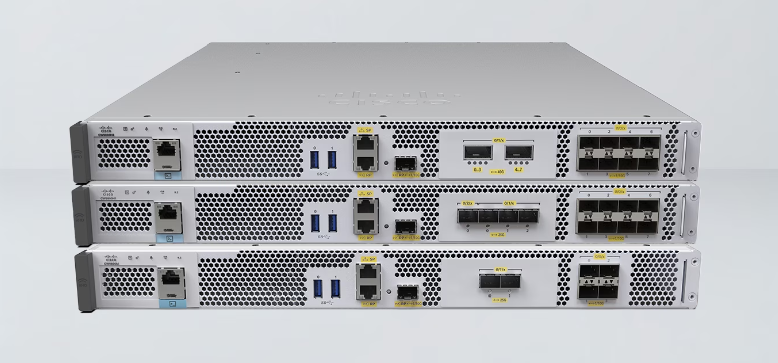



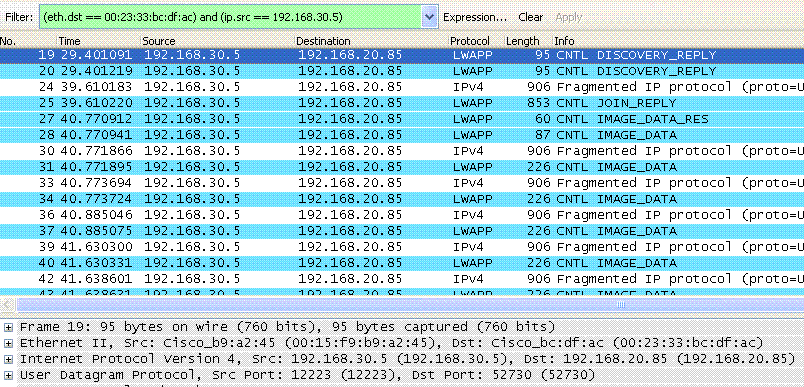

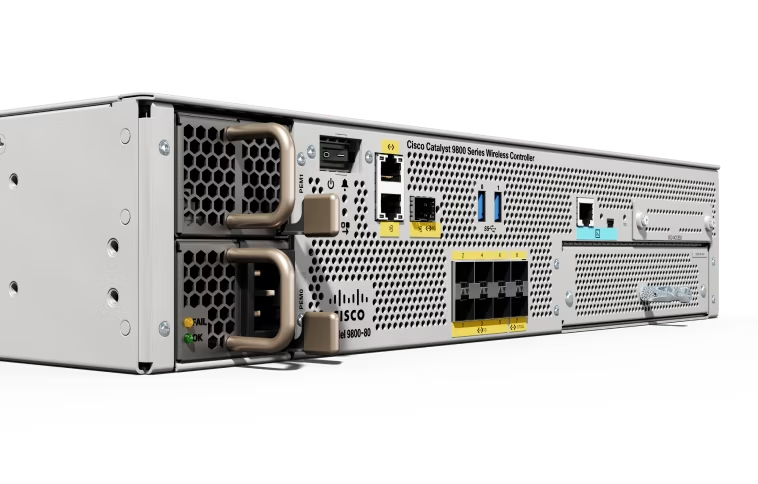

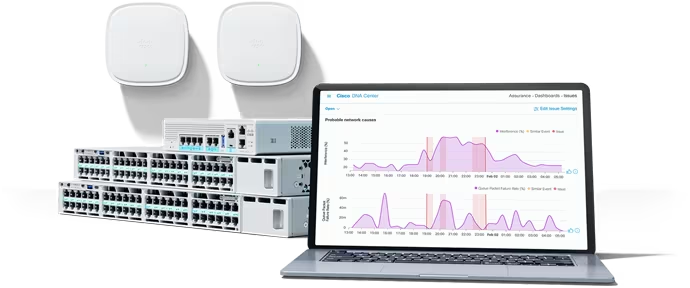
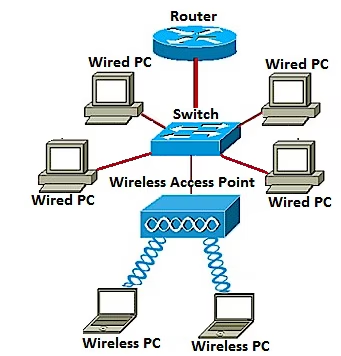
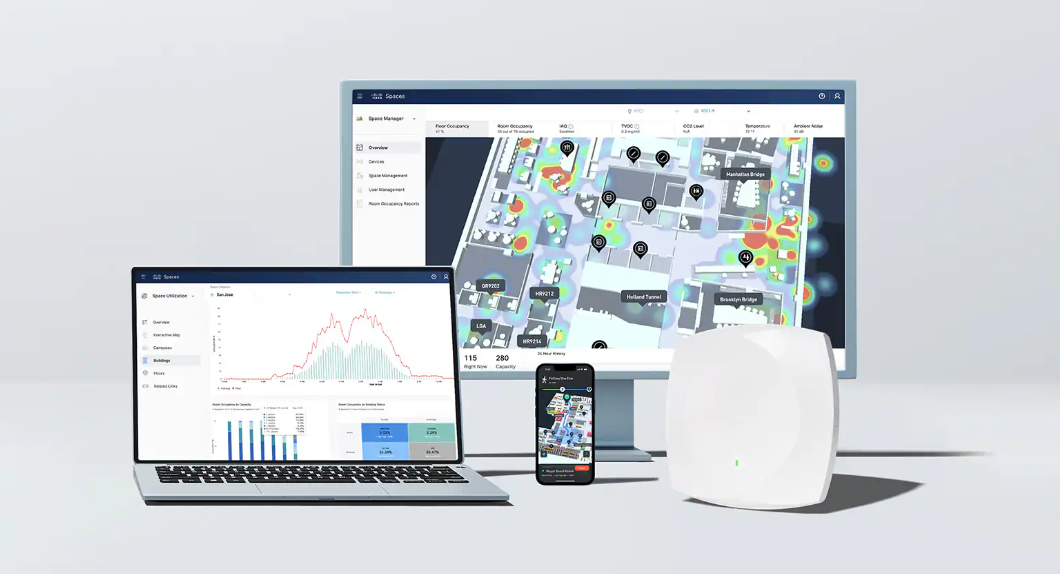

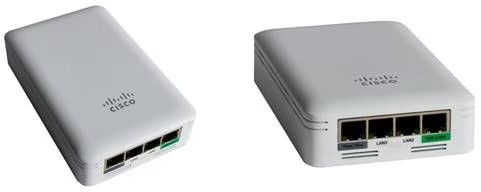

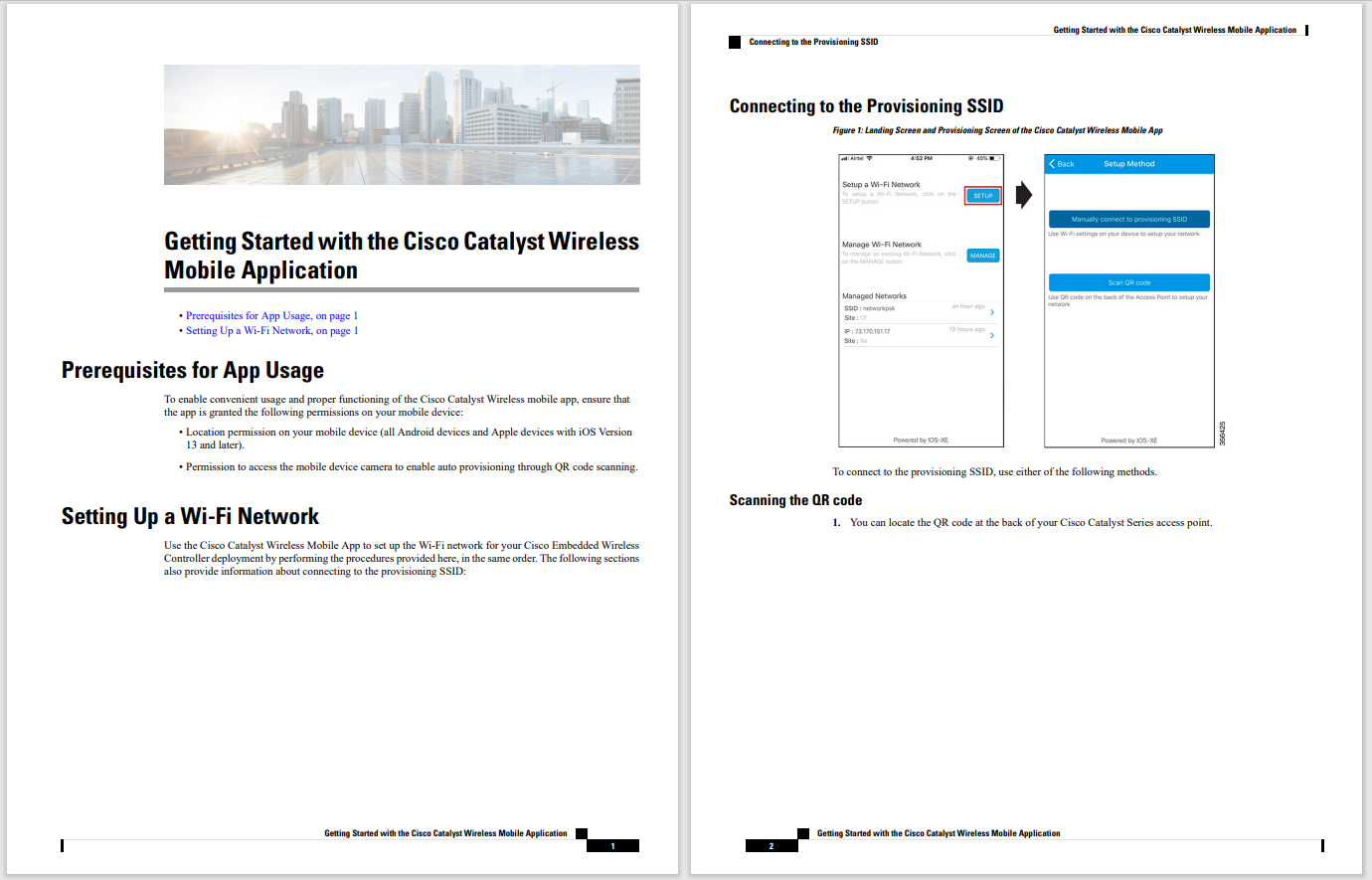

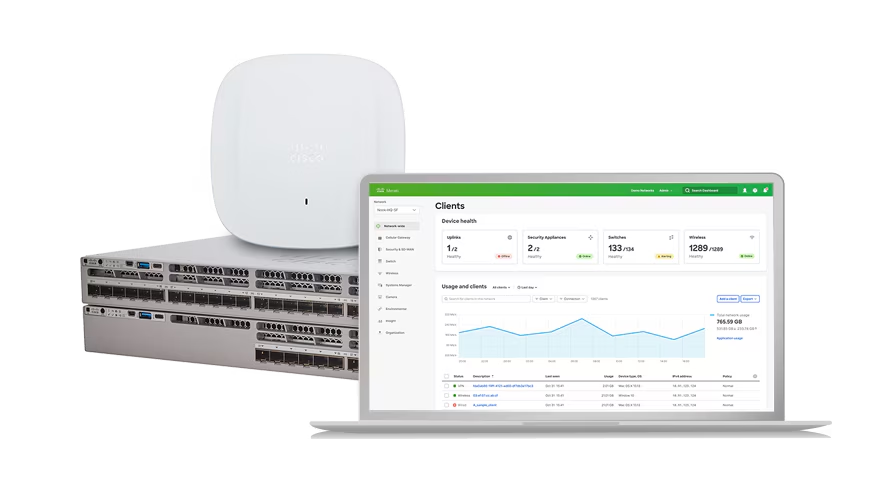


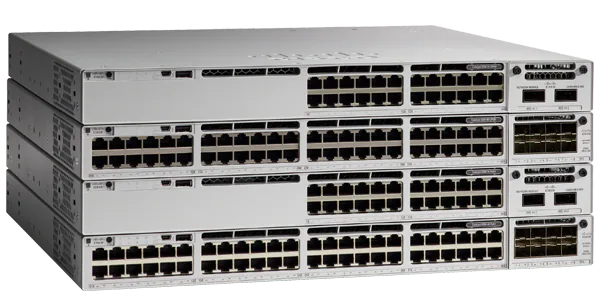

Apps like Edge, Firefox, Chrome, and Safari rank among the best web browsers in the world. People use these browsers for basic web browsing and other needs, including online shopping and casual gaming. Web server communication relies on network protocols.
Web servers are what supply the content for web browsers. What the browser requests, the server delivers through internet network connections.
Web browsers and web servers function together as a client-server system. In computer networking, client-server is a standard method for designing applications where data is kept in central locations (server computers) and efficiently shared with any number of other computers (the clients) on request. All web browsers function as clients that request information from websites (servers).
Numerous web browser clients can request data from the same website. Requests can happen at different times or simultaneously. Client-server systems conceptually call for all requests to the same site to be handled by one server. In practice, however, because the volume of requests to web servers can sometimes grow very large, web servers are often built as a distributed pool of server computers.
For websites popular in different countries around the world, this web server pool is geographically distributed to help improve the response time to browsers. If the server is closer to the requesting device, the time it takes to deliver the content is faster than if the server were further away.
Web browsers and servers communicate using TCP/IP. Hypertext Transfer Protocol is the standard application protocol on top of TCP/IP supporting web browser requests and server responses.
Web browsers also rely on DNS to work with URLs. These protocol standards enable different brands of web browsers to communicate with different brands of web servers without requiring particular logic for each combination.
Like most internet traffic, web browser and server connections typically run through a series of intermediate network routers.
A basic web browsing session works like this:
 Etiquetas calientes:
Etiquetas calientes: